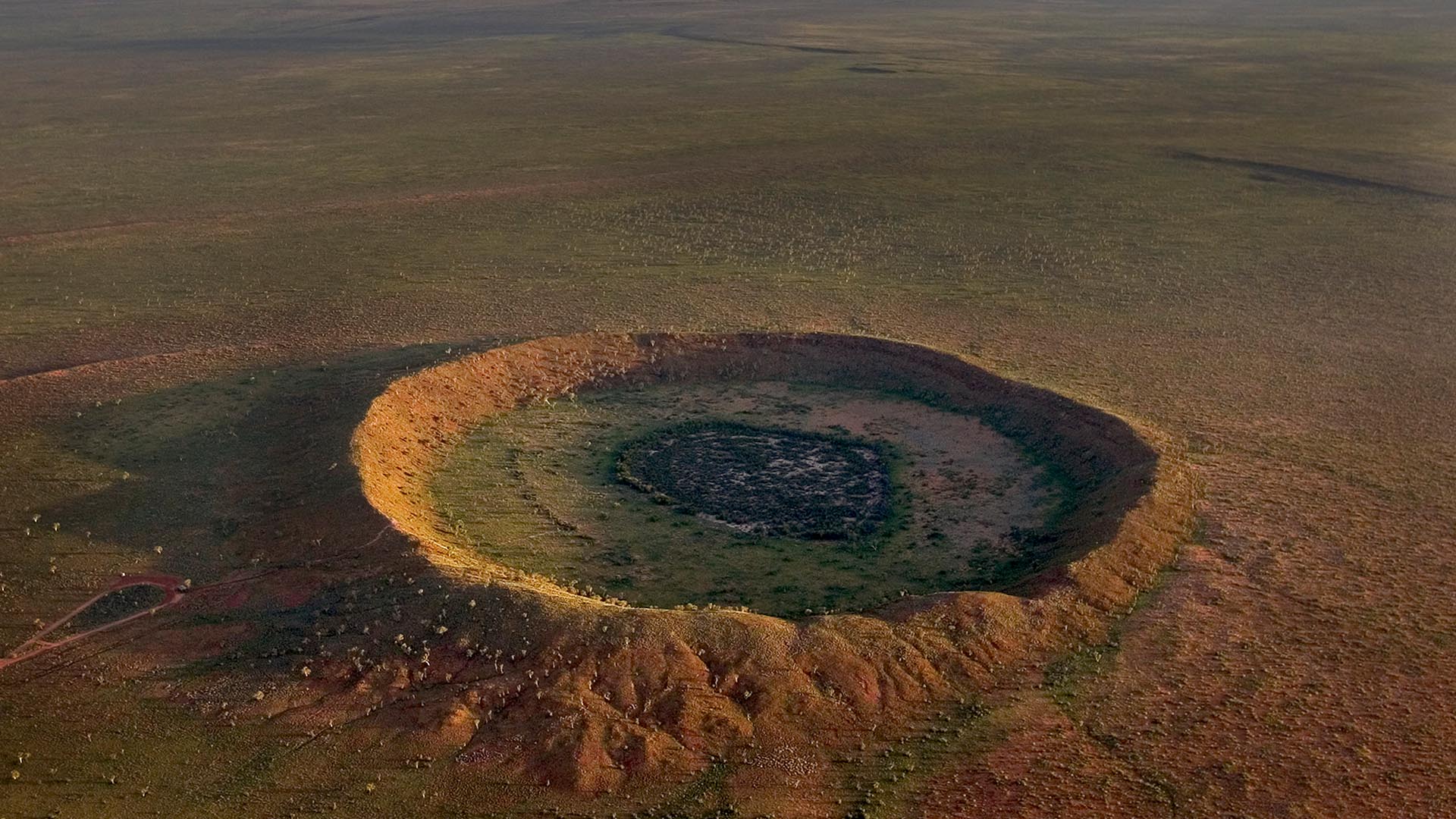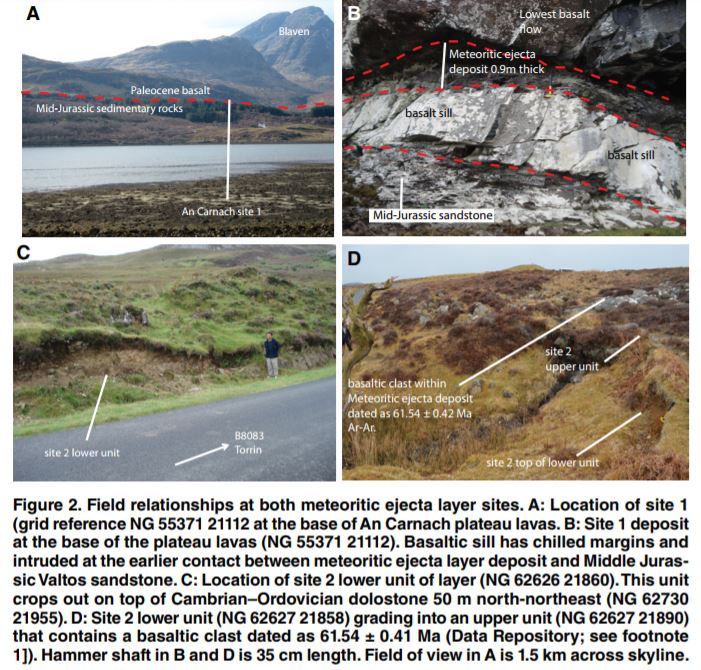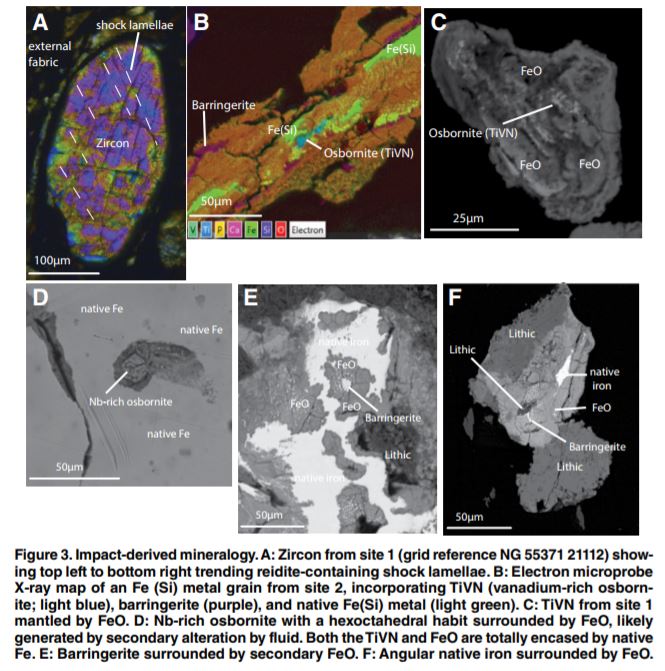Geologists exploring volcanic rocks on Scotland’s Isle of Skye found something out-of-this-world, namely ejecta from a previously unknown meteorite impact, opening questions about its possible connection to Paleogene volcanic activity across the North Atlantic.

Scientists first thought what they were investigating was a volcanic flow deposit. But after analyses, they figured out that their samples contained rare minerals straight from outer space, and which had never been reported on Earth, but collected during the NASA’s Stardust Mission, collecting comet dust from the Coma of Comet Stardust.

Other hints speaking for a meteorite impact is unmelted ‘osbornite’ – suggesting that it was an original piece of the meteorite – and ‘reidite’ – whose formation is only linked to powerful impacts in nature. Moreover, a second site harboring the same strange mineralogy and found seven kilometers away, proved to be a two-meter-thick ejecta layer.
According to fist radiometric dating investigations, the geologists dated the impact between 60 million and 61.4 million years ago.

The discovery opens many questions
Is the same ejecta layer found elsewhere? Where exactly did the meteorite hit? Could the impact have triggered the outpouring of lava that began at the same time, or be related to volcanism in the larger North Atlantic Igneous Province?
This is another unexpected geological discovery since the Isle of Skye is an international hotspot for geology worldwide. Last year, another scientist suggested that the only meteorite impact crater in Britain or Ireland was the Lairg Gravity Low, a complex crater at least 40 km in diameter that now lies buried beneath the Moine Thrust complex in Scotland.
Do we have now 2 meteorite craters in Scotland?












It’s a tree stump
The stone, The Meteor that made the prehistoric crater in Australia must have been enormous